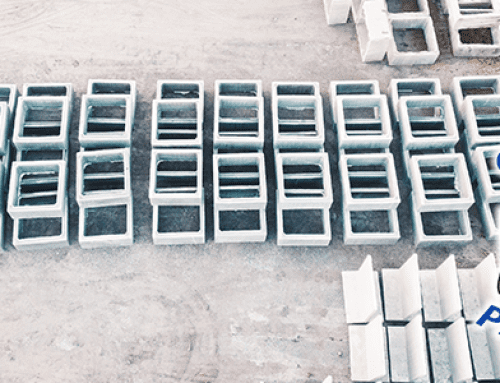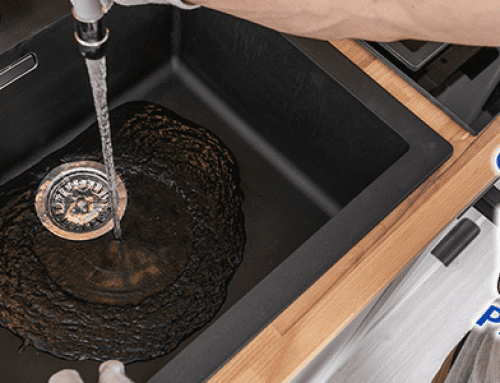Lifespan of the Common Toilet
If you’ve ever taken a look at your old, reliable comode and wondered its’ lifespan, you’re not alone. The average toilet is a fixture in many homes, and it’s easy to forget that they are made of materials that break down over time.
The lifespan of a toilet depends on the quality of its’ construction, how well it’s been maintained, and how often the water in your pipes has changed. Though, we’ll be more specific beneath.
Toilets Have No Determinate Life Cycle
As a fixture, the toilet is like any other household item. It has no determinate life cycle; it breaks down over time and needs to be replaced when its’ functionality begins to suffer. The average lifespan of a toilet is approximately 7-8 years, but this is just an average – some may last longer if they are well maintained.
The most common reason for a toilet to stop working is the accumulation of hard water deposits in the tank and bowl. These deposits coat the inside of your toilet, making it difficult for water to pass through. This causes clogs and leaks that can lead to other problems like mold growth. Toilets are also susceptible to corrosion from minerals in your water supply, which can cause them to break down faster than usual.
Ensure You Do Not Have Hard Water
One of the best ways to make sure all of your appliances last as long as possible is to ensure you do not have hard water in your home. This can be accomplished by either using a water softener or by filtering your water before it enters your pipes. If the latter is an option for you, consider getting a whole house filter installed on your plumbing system to help keep everything running smoothly.
If you are not sure what kind of water you have, contact your local water utility. They can test it for you and let you know if there are any issues with hard water.
Be Gentle With Your Toilet
Porcelain is not a very hard material, but it can be very fragile. If you are not careful when cleaning yours, you could easily chip away at the porcelain and cause permanent damage. Instead of scrubbing too hard with a brush, try using some baking soda and vinegar on a damp cloth to clean your toilet. This will help remove stains and odors without damaging the surface of your toilet bowl.
Alternatively, never pour bleach or other harsh chemicals down your toilet bowl. These will damage the porcelain and cause it to break down over time. If you have hard water, do not use any cleaning products that contain bleach as they can react with the minerals in your water and cause discoloration. Likewise, never use boiling water as porcelain is a temperature sensitive material. If you have to clean your toilet, it is best to use warm water and a soft cloth or sponge.
You should also avoid abrasive chemicals as these can scratch the porcelain surface and leave marks that are difficult to remove without damaging the toilet bowl itself.
Time to Replace Your Toilet?
If your toilet is older than 10 years, it may be time to replace it. The average lifespan of a toilet is 10-12 years, but there are a variety of factors that can affect this such as water quality and how often the toilet is used.
If you’re looking for a qualified team to make that installation as simple as possible, our experts at Conyers Plumbing can fulfill your every need.




